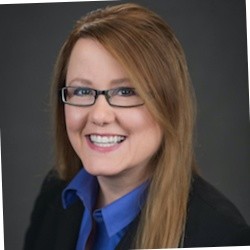Assisted living: Some are doing it right
Bertha was in her late 70s, had emphysema from years of smoking, and was beginning to show signs of dementia when her family decided to relocate her from her house of several decades to an assisted living complex near one of her daughters. All was going well—as well as could be expected—but as Bertha’s dementia progressed, telltale signs were evident. The staff asked Bertha’s daughter to remove the toaster from her apartment. Then they informed her that they’d unplugged the oven. Soon, they recommended that the family move Bertha to a memory care unit—something not available in the facility in which she was living—where she could get the specific attention she increasingly needed.
In July, PBS' Frontline show aired the documentary “Living and Dying in Assisted Living,” which presented information about three residents living in facilities of one large network of communities. After the program aired, organizations representing the assisted living industry went on the defensive.
“Our members are dedicated to their residents, families and team members and work tirelessly every day to maintain standards of care and integrity with zero tolerance for neglect, abuse or exploitation,” Assisted Living Foundation of America (ALFA) President and CEO Richard P. Grimes said in a statement. He cited a recent survey in which 93 percent of residents of assisted living communities expressed satisfaction and 90 percent said they felt safer in assisted living than they would living on their own.
“The situations depicted in the Frontline episode are upsetting, but they are also rare,” said the National Center for Assisted Living (NCAL) in talking points issued in July to its board; state leaders, executives, assisted living staff and public relations directors; and past chairs to assist in responding to media inquiries. The organization added that it encourages its members to continuously improve their quality focus through professional development activities and participation in various industry and governmental initiatives and collaborations.
“The true story of assisted living won’t be found in television programs like Frontline,” ALFA’s Grimes said in July. “It’s found in the everyday stories of our residents, and the safe, engaging, and active lives they lead every single day.”
The industry and others are pondering the necessity of federal and state oversight as well as the development of a potential resource that would enable the elderly and their families to compare assisted living communities. As we observe the NCAL’s National Assisted Living Week, let’s celebrate the communities that already are doing it right—such as the community that cared for Bertha—and include lessons learned from them in the solutions to making assisted living better for everyone.
Access all blogs by this author.

Lois A. Bowers was senior editor of I Advance Senior Care / Long-Term Living from 2013-2015.
Related Articles
Topics: Advocacy , Executive Leadership , Facility management , Leadership , Regulatory Compliance , Risk Management , Staffing










